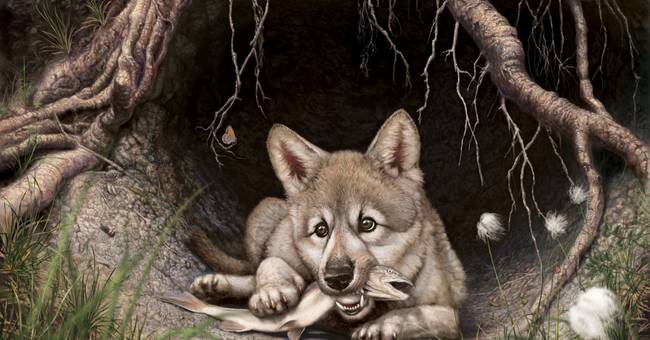An incredibly well-preserved mummified wolf was found in the Yukon, Canada.
Researchers have estimated the age to be 57,000 years.
The research is published in Current Biology.
The mummy was found by a man looking for gold in the permafrost.
After researching the wolf for several years, a research team has come to a conclusion about what she has eaten, how old she was when she died and the cause of death.
- This is the best preserved wolf ever found.
That it is also so old is remarkable.
It is an awesome find, says Lars Werdelin, professor of evolution and ecology at the Swedish Museum of Natural History.
Yukon's locals Tr'ondëk Hwëch'in have given the wolf the name Zùhr, which means wolf.
Researchers believe that Zùhr died while lying in her den when the entrance collapsed again.
She died quickly in cold and dry conditions encapsulated under the ground, which is believed to be the reason why she is so well preserved.
Eat fish
After X-raying the wolf, the researchers could see on Zùhr's elbows that she was between six and eight weeks old when she died.
At that age, wolves have gotten used to their mother's breast milk and started eating regular food.
Zùhr and her mother have eaten mostly terrestrial animals, but also birds and fish.
- It is very likely that they have eaten salmon.
The wolf was found right next to the Yukon River where there is plenty of salmon, says Lars Werdelin.
Related to today's wolves
Zùhr is an ancestor of the wolves that live in North America today.
She is also related to some of the wolves that live in Europe and Asia.
- It is probable that the Bering Strait was previously overgrown and that the animals could roam freely between the continental plates.
That is why you can find Zùhr's descendants on both sides of the strait, says Lars Werdelin.
Researchers believe that more wolves will be found as the permafrost melts due to climate change.

